Years have passed since Larisa Crunțeanu auditioned for the Romanian soap-opera reality show Forbidden Love. Spanning over 8 years of weekly releases, the show presents cases of socially unacceptable romance, crossing boundaries of age, beauty and economy. The audition was successful and she obtained the part of Petronela, a spoiled 30 years old going mentally unstable because of her lover’s attraction for older women. By reversing the typical story of the older man seducing the younger woman, the show makes space for new empowering types of female subjectivities. Since the filming, Crunțeanu has insisted on keeping in touch with her fellow protagonists. In 2017, they met to talk about the experiences that they once went through together. They revisit the old scenes, and each of their characters. Crunțeanu documents it all.
Besides commenting on the material in terms of both narrative and performance, Crunțeanu initiates and produces new sets of shooting, which she later mixes with the original footage. In the old material, the emancipatory potential of the story crumbles under the weight of modest means of production. The protagonists are amateurs and extras from other shows, the locations are small living rooms rented for close-to-nothing and the lights are harsh on the DIY make-up. And, not at least: the semi-structured script leaves too much space for improvisation. Tracing the cinematic development since 2015, the new material is easily distinguishable from the old. Yet, the difference in between the two is not that rigid. This is not a question of media camouflage, but rather of defining the edges of an open-ended narrative. Already in the original footage, the actors do improvise – a fact being commented upon by Crunțeanu and her fellow actors in the new material. It all brings forth the question: when does improvisation actually stop? Could it be so that the new footage is just a continuation of the acting, a further development of the dialogue between the actors?
The resulting film is entitled A Small Insignificant Love. It is introduced by Crunțeanu herself, after which the fellow actors join the introductory footage. They do not speak of themselves and neither do they speak about the TV show. They speak about love, which is the main topic of the artwork. Love, a notion most central for the history of art and mankind. Certainly when it comes to fiction, love is a well-used topic – never fully exhausted, but rather further expanded. This is seen in Crunțeanu’s work, where the narrative becomes more and more elastic, almost to the point of involving its new and coming spectators to join as well. Crunțeanu herself underlines the fact that accessibility and common languages are crucial details for this project. Similarly, she states that this is not a project criticizing the logics of TV production and consumption, or a comment upon the representation of heterosexual relations in small bourgeoisie contexts. Rather, this work is a way to investigate on some of the most common formats for narration today, that is: the reality show and the soap opera. The question of what these formats do to us could be responded to in many ways, such as addiction, insomnia and economical traps caused by various online accounts. For Crunțeanu’s part, the question needs to be inverted: what do we do to the format, and why? This is also the focus for the conversation between the subjects in the new film, where positions of actors and characters are intertwined to the point that the protagonist Răzvan (whose real name is Ionuț) asks Crunțeanu: who are they actually talking about? In the end it is this glitch in the conversation that enables the whole interaction.
There is no defined direction of the questions posed in the additional material, something that is also made visible in the editing of the material, where comments upon the new scenes are intertwined with new additions to the manuscript. The outcome is a composition of questions, including the spectator in Crunțeanu’s initial approach to the TV series. She did not do the audition to be famous, but to embody the position of the actor. What does it mean to shoot a narrative for one’s fellow citizens, or to act out love to a fictional character – but yet remain oneself when it comes to spontaneous actions and responses to questions? As spectators we end up in the same liminal state, where our positions are intertwined into the narrative as we engage with the questions: “how is love performed”, and further “how is love mediated?”
I met Crunțeanu in Stockholm, when presenting her work-in-progress at the local gallery Index. In a conversation following the screening, Crunțeanu explains how she and her fellow actors empathized with their co-characters and their unfolding story. The vague boundary between the agents is also seen in the additional material in the artwork, where all actors relate to their own actions, as protagonists of the original footage. Sometimes they even explain that they proceeded in the role-play as if they were themselves, acting as they would do in private life. It is this transitional stage that is being further developed in the new film, where the storyline is rather mimicked, while the position of the actors and the protagonists is being further examined. Thus, Crunțeanu is not aiming at reworking the linear construction of a narrative, but rather giving vertical space for the agents to dive deeper into their actions, not to polish them but rather to investigate in their logics. It is not easy to remember events from passed time, but with Crunțeanu’s methods this is made possible for all actors. The reason might be the embodiment, through which the actors revisit their protagonists. Reviving their relation to the story and enlarging their position in the role-play, the encounter between times is enabled through this anachronistic logic of woven together times. The same method was used during the first footage, Crunțeanu explains. Due to the low-budget production process, there wasn’t much space for her and her co-actors to practice and learn the manuscript by heart. By making the narrative their own, the actors also enabled a role-play where they coexist with their characters. When getting to know their characters the actors also got to know themselves. Therefore the shooting period was a not only a production of visual material for national monitoring, but rather a complex investigation in the self in relation to others: the multitude of love in a post-fictional time, something I will get back to later.
The original footage was produced in a week, a speed relatable to the self-imposed production of imageries of daily life, through cell phones and social media. What differs, Crunțeanu underlines, is that the footage of the telenovella isn’t produced by the agents themselves and neither is it presented to them long enough in the editing process, so that they could get hold of what they did actually produce. This is although what they did in the prelude to the telenovella and in the process initiated by Crunțeanu. In the vague distinction between character, role-play and personal endeavors, the actors were given longer time with the narrative and their positions within. Thus, the autonomy produced is not only in relation to the storyline, but also to the production process of underpaid actors. For the additional footage, Crunțeanu made possible actor’s fees according to a European standard, further underlining the importance of their contribution and in a way also compensating for the low wage and poor gratitude during the first shooting.
The fact that Crunțeanu’s project turns a low-budget TV production into an international, subtitled artwork is not uncomplicated. As everyone knows, the art world is not only hard to reach, but also judging and socially and economically limiting. Besides Crunțeanu, no one in the original setting was familiar with these structures, and this is why she had to watch out for not objectifying their participation into archive matter without agency. This is one of many reasons why Crunțeanu didn’t change the format of the material. Sticking to the linear narrative, she also sticks to her co-actors. She explains it as a way to hold on to the first agreement once made in between the actors: to act in a TV show, screened for a large audience. Instead of conceptualizing the editing process into complicated fragments and views upon the original material, she went on in the same direction as they once started. Perhaps this is also the reason why the actors can speak so freely about their memories, about the process and about their relation to it all, today. They just do as they did then: improvise and follow their first thought, comment on what other people say and continue to weave the story further.
For Crunțeanu, the faithfulness in relation to the original medium is also to be related to the reason why she first wanted to audition for the TV series. As a channel for societal education, TV drama is as important as new media and journalism. In the embodiment of this character, something happens. This is the reason why Crunțeanu wanted all actors to comment on the narrative and the old footage from their own positions – positions in which the fictive and the real coincide into one single idea about presence and action. In the film, Crunțeanu constructs a bridge between reality shows and soap operas, sometimes called ”reality soaps”. There, the dramaturgy is in the tradition of the soap opera but each episode has its own narrative. The aesthetics is although more like in a reality show, where the cuts are quick and the camera is hand-held. In many ways, A Small Insignificant Love is a reality show also in the original footage, as the actors do fill out a lot of the actions with themselves embodying the gaps between the pre-written score of narration.
So, what is post-fiction? I would say that it defines a time where the dialectic relationship between reality and fiction is dismantled, so that the two sides become one. Of course this is to be related to a post-fact and post-truth era, where the performance of a narrative is prioritized before the word’s material background. It could even be argued that this is a way for the actors to gain more autonomy, not only embodying but also taking charge over their roles in a way that they even can return to them years later. This is where the position of the cultural worker, the actor and the TV audience is reconfigured. Between the lines of stage directions for the acting, the actors create small gaps for their own desires and needs. It was through these gaps that Crunțeanu and her co-protagonists reconstructed and re-approached the TV archive. Posing questions not to the actors, but to the characters, the meta-conversation become as elastic as the footage itself. What is clear here is that the strength remains in between the acting agents, not within the logics of a pre-written narrative. The conversation goes on, and the actors remain allied with their self-constructed reality. A reality that the stage director and the TV audience never gets a hold of.
A Small Insignificant Love was presented at the Index Foundation on 30 May 2018.
POSTED BY
Frida Sandström
Frida Sandström’s practice takes place at the intersection of art criticism and the pedagogical, with writing and performance as its core. She is one of the editors of Paletten Art Journal and is a...
sandstromfrida.tumblr.com/

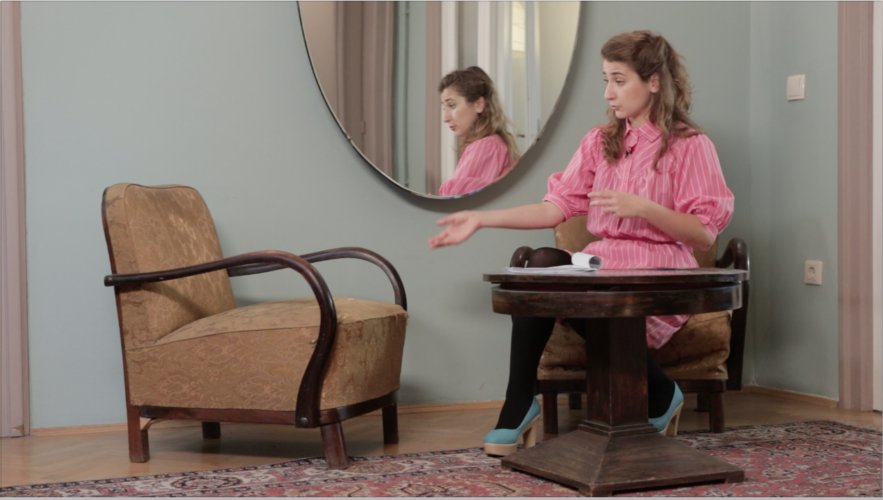
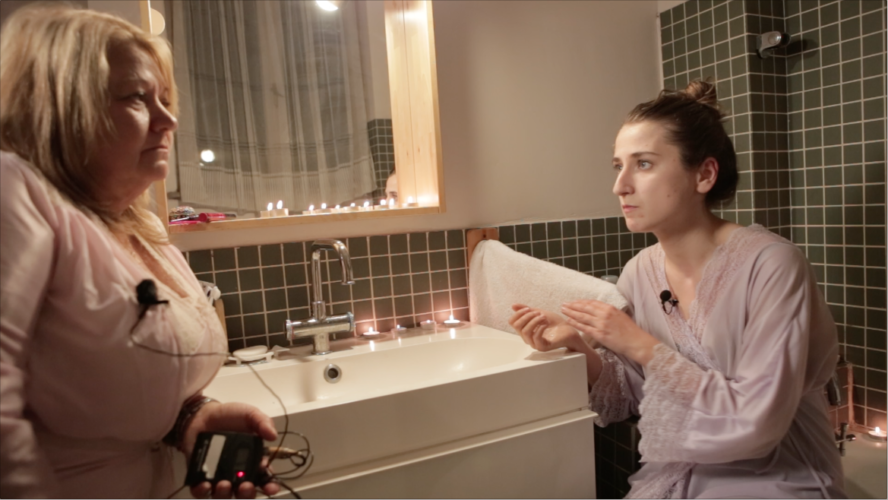
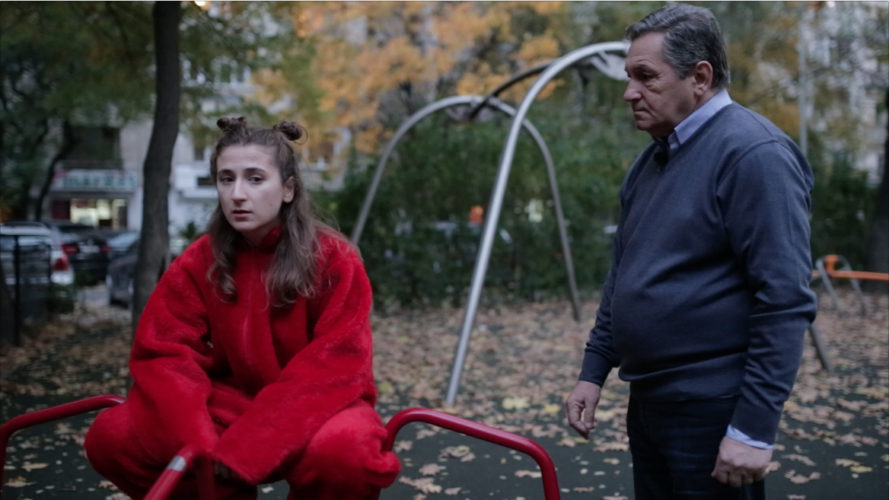

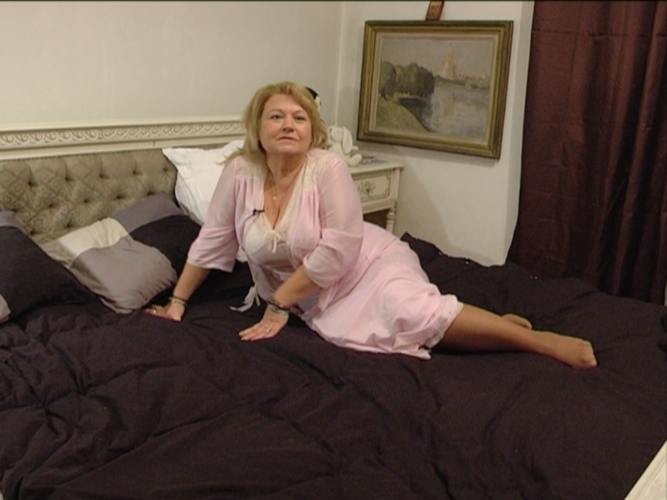
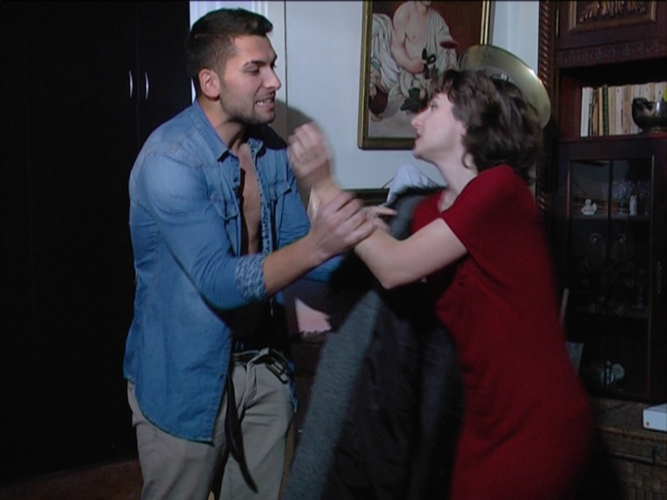

Comments are closed here.